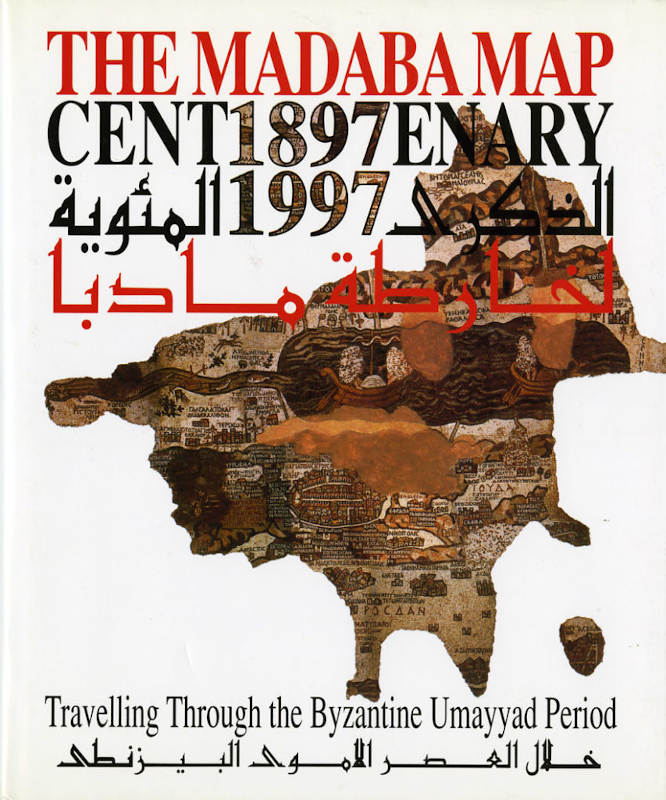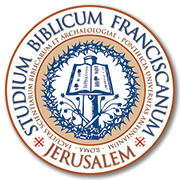
Eugenio Alliata - Michele Piccirillo, The Madaba Map Centenary 1897-1997. Travelling through the Byzantine Umayyad Period (Collectio Maior 40), Jerusalem 1999
→ Scheda nel sito delle Edizioni Terra Santa
The Madaba Mosaic Map is a unique piece of art realised in 6th cent. A.D. as a decoration for the pavement of a church in the town of Madaba (Jordan) in the Byzantine Near East.
Proceedings of the International Conference Held in Amman, 7-9 April 1997. The Madaba Mosaic Map is a unique piece of art realised in 6th cent. A.D. as a decoration for the pavement of a church in the town of Madaba (Jordan) in the Byzantine Near East. At that time Madaba was part of the so called Provincia Arabia, and was inhabited by Aramaic speaking Christians descendant from the ancient biblical people of the Moabites. The mosaic was discovered accidentally about one hundred years ago (in 1897) while constructing a new church for the Greek-Orthodox Arab community, which was then settling on the very ruins of the ancient town of Madaba.
The mosaic represents the biblical land from Egypt to Lebanon, including Sinai, Israel, Palestine, and Transjordan. The mosaicist conceived and carried out his masterwork with great topographical skill and biblical knowledge. The Madaba Mosaic map is deemed by some scholars to be the best topographic representation ever done before modern cartography. As a source of biblical topography the map is fully comparable with the well-known treatise on the biblical places written in Greek about 395 A.D. by the historian Eusebius of Caesarea and translated into Latin by Jerome about 490 A.D.
Contents
H. R. H. The Crown Prince Hassan bin Talal, Opening Message
M. Piccirillo, Foreword
M. Piccirillo, Madaba: One Hundred Years From The Discovery
Y. Meimaris, The Discovery of the Madaba Mosaic Map: Mythology and Reality
P.D.A. Harvey, The Tabula Peutingeriana and the Madaba Map
I. Roll, The Roads in Roman-Byzantine Palaestina and Arabia
L. Di Segni, The ʻOnomasticonʼ of Eusebius and the Madaba Map
E. Alliata, The Pilgrimage Routes in the Byzantine Period in Transjordan
J. Russel, The Paleography of the Madaba Map
N. Duval, Essai sur la signification des vignettes topographiques
I. Shahid, The Madaba Mosaic Map Revisited: Some New Observations
Y. Tsafrir, The Holy City of Jerusalem in the Madaba Map
W. Pullan, The Representation of the Late Typeset City in the Madaba Map
R. Farioli Campanati, Jerusalem and Bethlehem in the Iconography of Church Sanctuary Mosaics
H. Maguire, The Nile and the Rivers of Paradise
B. Hamarneh, The River Nile and Egypt in the Mosaics of the Middle East
A. Almagro, Some Ideas on the Preservation of the Madaba Mosaic Map
Colour Plates
Communications
Bibliography
Indexes


